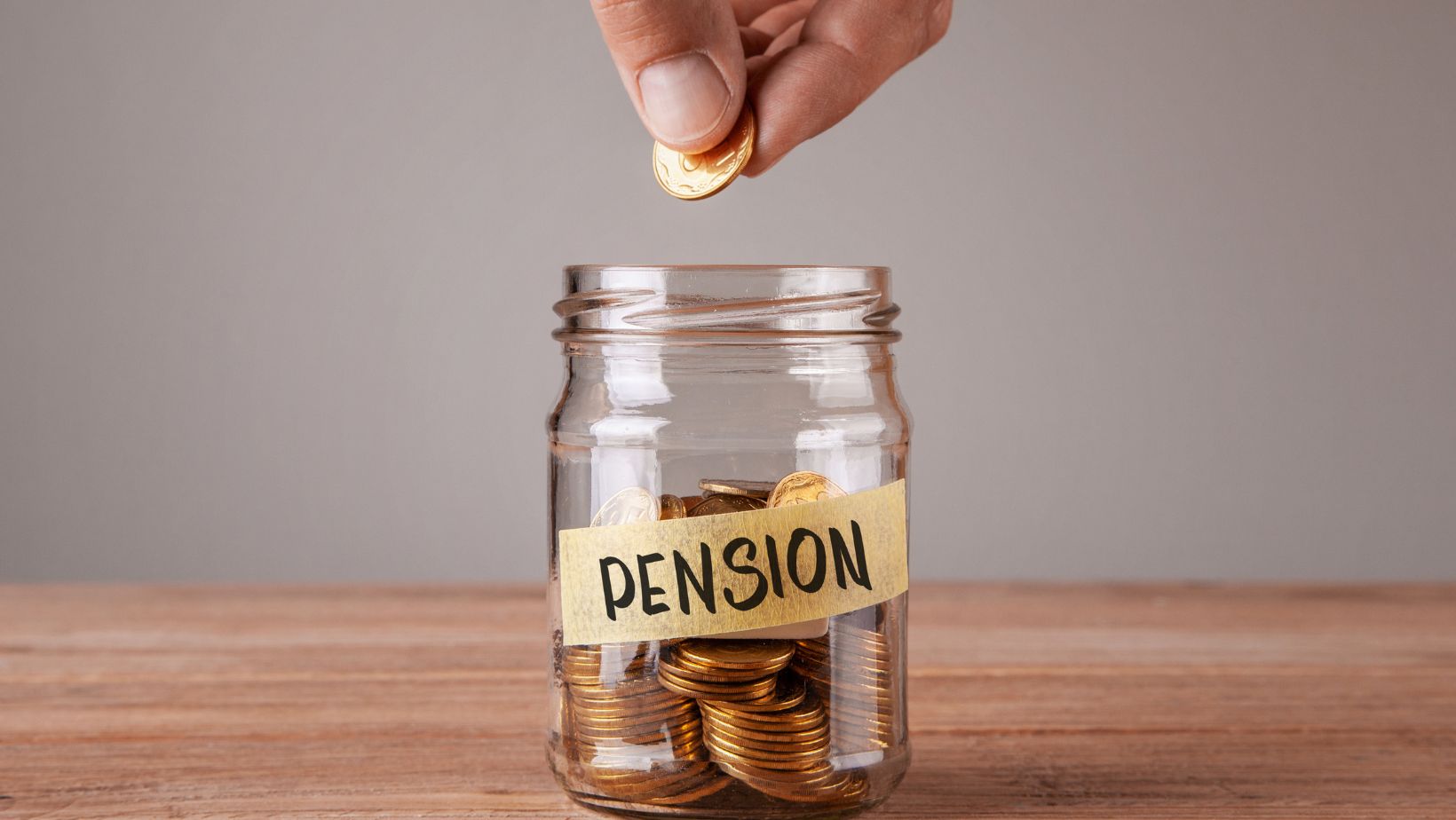
Across Europe, individuals save for retirement through different savings accounts and investments, often with tax relief which incentivises people to put money towards their pension.
In the UK and Ireland, the State pension is often insufficient for people to maintain their standard of living once they reach retirement age.
This means that many choose to opt for alternative pension products to supplement their State pension.
In Britain, personal pensions, including self-invested personal pensions (SIPPs), offer tax relief and flexibility on contributions.
The success of automatic enrolment into workplace pensions in the UK has meant that personal pensions have become less essential. However, they continue to offer many benefits.
Other countries, like Ireland, have different schemes which allow people to save for retirement, but how do they differ from what the UK offers?
PRSAs in Ireland – Personal Retirement Savings Accounts – have a similar function to personal pensions in the UK, and are prevalent there due to delays in the introduction of auto-enrolment.
These pension savings accounts are available from pension providers whose products have been approved by Revenue (Ireland’s equivalent to the HMRC) and the Pensions Authority.
Employers are required by law to provide their employees with access to a standard PRSA if they do not make an occupational pension scheme available.
PRSA contributions may be deducted by employers from a worker’s gross pay when calculating tax, and employees can also claim tax relief directly from Revenue.
The highly successful auto-enrolment programme in the UK has brought millions of workers into workplace pensions over the past decade; however, in Ireland, this has been delayed for many years.
In April, the Irish government delayed ‘My Future Fund’ once again, and it is now expected to come into effect on January 1st, 2026.
This will bring around 800,000 workers into an additional pension scheme for the first time, meaning they will no longer rely solely on the State Pension. Ireland’s system will function slightly differently from workplace pensions in the UK, but the premise is much the same.
The employee will contribute a percentage, matched by their employer, and the State will make a smaller contribution. After 10 years, the total contributions made to each employee’s pension pot will reach 14% per year, with 6% coming from the employee and employer, and a further 2% from the State.
The absence of mandatory employer contributions to a workplace pension in Ireland has meant that PRSAs are common, despite the fact that one in three people have no pension coverage outside of the State Pension.
PRSAs are made for everyone – employees in a company and the self-employed, and they qualify for income tax relief. If the retirement pot grows, this growth is also tax-free.
However, there are limits to the amount that people can contribute to a PRSA, with the percentage of an employee’s salary that qualifies for income tax relief rising with age.
For example, those aged between 20 and 30 can only claim tax relief on 20% of their salary contributed to a PRSA, while those over 60 can contribute 40%.
Professional athletes can contribute 30% regardless of age, to account for the fact that their careers are usually short due to age factors. There is also a maximum earnings threshold of €115,000.
The employer’s limit to how much they can contribute to their employee’s PRSA is 100% of their salary, with any additional payments being subject to benefit-in-kind charges.
On the whole, PRSAs in Ireland offer people the opportunity to save for retirement, investing wisely while also claiming income tax relief. Whether PRSAs will continue to be as popular in the future with the introduction of auto-enrolment remains to be seen.








